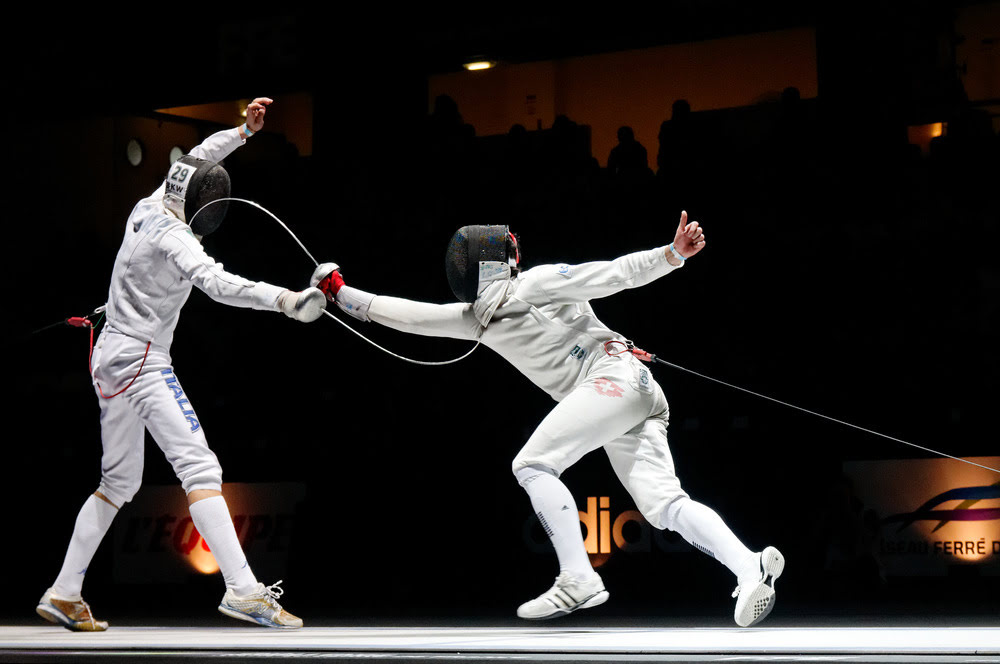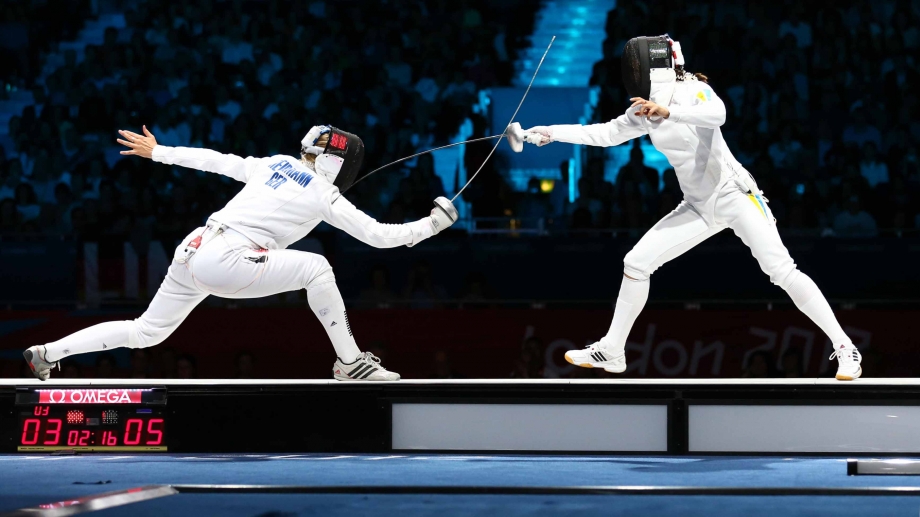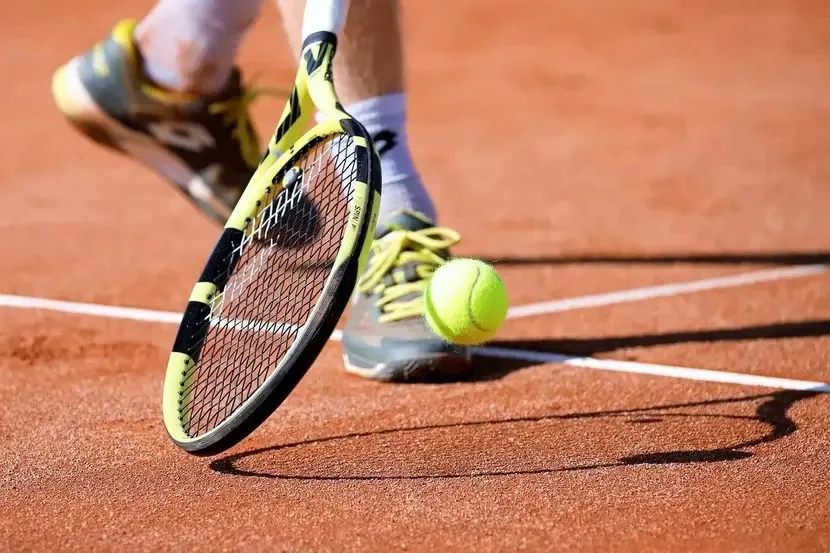The Art and Evolution of Fencing: A Historical Deep Dive

Fencing, a sport of agility, strategy, and precision, has its roots deeply embedded in history. From its inception as a form of self-defense to its esteemed position in modern sports events, fencing’s journey reflects both cultural shifts and technological advancements.
History of the Emergence and Development of Fencing
Fencing originated in ancient civilizations, where swords were primarily tools of war. The Greeks sketched depictions of swordplay exercises and techniques in their manuscripts, suggesting a structured form of the sport. By the Middle Ages, fencing flourished in Spain, Italy, and France. The Renaissance period saw the establishment of fencing schools across Europe, with masters penning manuals on techniques and styles.
The 19th century heralded the dawn of fencing’s modern era. With the introduction of the foil—a weapon with a flattened tip—the focus shifted from inflicting injury to mastering technique. Subsequently, the épée and sabre were introduced, each with its unique style and method.
Fencing Rules
The primary objective in fencing is to “touch” the opponent with the weapon. While the foil targets the torso, the épée allows for touches on the entire body. The sabre, reminiscent of the cavalry sword, targets everything above the waist, excluding the hands. A bout is decided by either time or when a fencer scores a predetermined number of touches.

Fencing Track
The fencing ‘piste’ or ‘strip’ is a rectangular area measuring 14 meters long and 1.5-2 meters wide. It’s marked with boundaries that penalize a fencer for stepping off the edge.
Fencing Equipment
Safety is paramount in fencing. Fencers wear a protective uniform comprising a mask, jacket, glove, and plastron. The mask has a metal mesh front to protect the face and a bib to shield the neck. The weapon, be it a foil, épée, or sabre, is designed to bend upon contact, minimizing the chance of injury.
Judging in Fencing
Referees monitor bouts to determine valid touches and rule infractions. With the incorporation of electronic scoring, when a fencer lands a touch, their weapon registers a point, aiding referees in their decisions.
Fencing Competition
The most prestigious fencing competition is the Olympic Games, where individual and team events take center stage. Additionally, World Championships, regional competitions, and national championships provide fencers opportunities to showcase their skill.
Conclusion
Fencing, rooted in ancient traditions, has evolved into a sport that beautifully blends art, athleticism, and intellect. Its rich history and continued global appeal make it a unique and captivating discipline.




